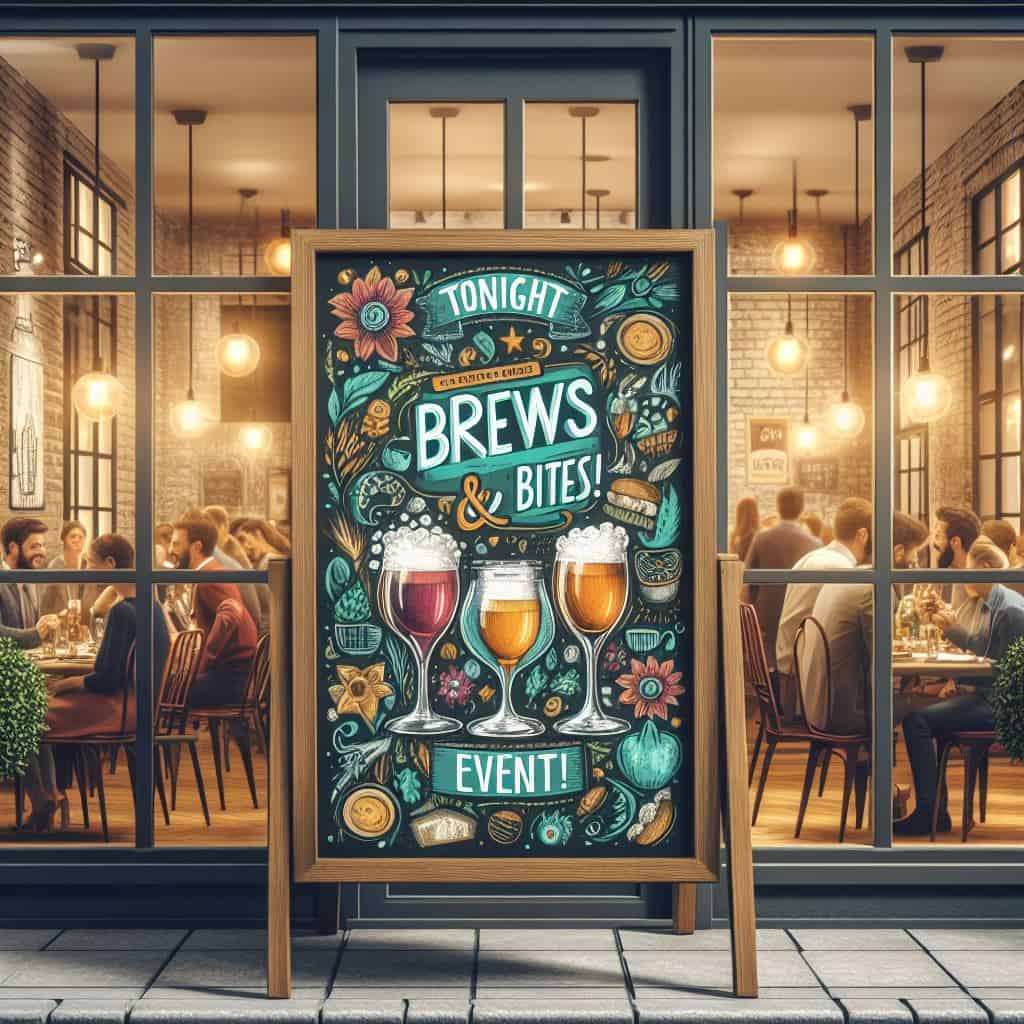As someone who's spent years in the bustling world of restaurant marketing, let me tell you, it's a wild, exhilarating, and sometimes downright perplexing realm. But oh, the satisfaction of cracking that code! And today, I'm here to spill the beans on some proven restaurant marketing tricks that are nothing short of revolutionary. Hold onto your hats (or chef's toques), because we're diving deep into the secret sauce of successful eatery promotion.
First off, let's shatter a myth: "If you build it, they will come." Not in today's cutthroat culinary scene, they won't.
You need to shout from the rooftops, but in a way that doesn't just echo into the void. That's where social media comes into play.

It's not just about plastering photos of your dishes online; it's about weaving a story. Think about that time when the power went out, and your chef still whipped up a candlelit gourmet feast. That's the stuff Instagram dreams are made of! It's about creating a persona for your restaurant that people want to be friends with.
And speaking of friends, let's talk collaborations. They're the secret handshake of the restaurant biz. Partnering with local businesses, be it a famed brewery or a quirky bookshop, opens doors to their clientele. Picture this: a 'Brews and Bites' evening or a 'Literary Lunch' with book readings. It's about creating experiences, not just meals.
Now, onto the underdog hero of restaurant marketing: email newsletters. Yes, I hear your collective groan. But trust me, a well-crafted newsletter can be like a love letter to your customers. The trick is to make them feel like insiders. Share that secret recipe (well, maybe just a part of it), give them a sneak peek into your upcoming menu, or a first dibs reservation for a special event. It's about exclusivity and feeling special – who doesn't love that? (see my free tutorial on creating a newsletter for your restaurant HERE).
But here's the clincher: community involvement. It's not just good karma; it's good business. Host charity dinners, sponsor a local sports team, or run cooking classes for kids. It's about being more than a business; it's about being a neighbour, a friend, a part of the fabric of the community. People remember that, and they remain loyal to it.
In the end, it's all about storytelling. Each dish you serve, every event you host, each post you share – they're chapters in your restaurant's story. And guess what? People adore a good story. They'll come back for the next chapter, and the one after that.
And as for those who still believe in the "build it and they will come" philosophy? Well, they might just be sitting in their empty restaurants, waiting for a plot twist that's never going to happen.
So, there you have it. Restaurant marketing isn't just about selling food. It's about selling an experience, a story, a community. And when you get that right, trust me, they'll come – and they'll keep coming back for more.

